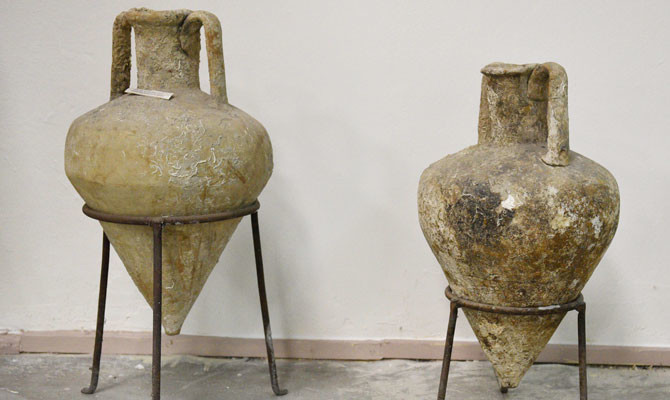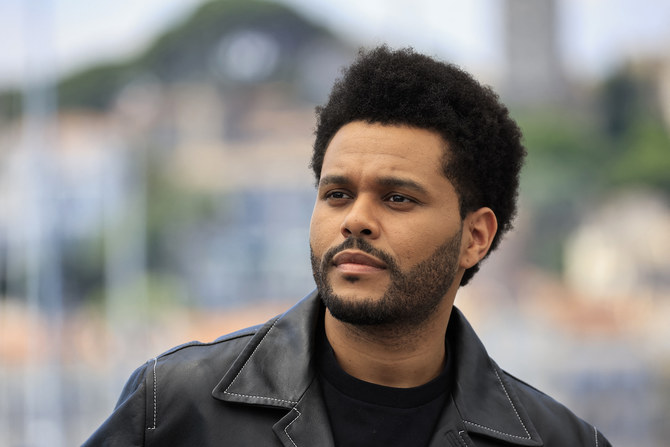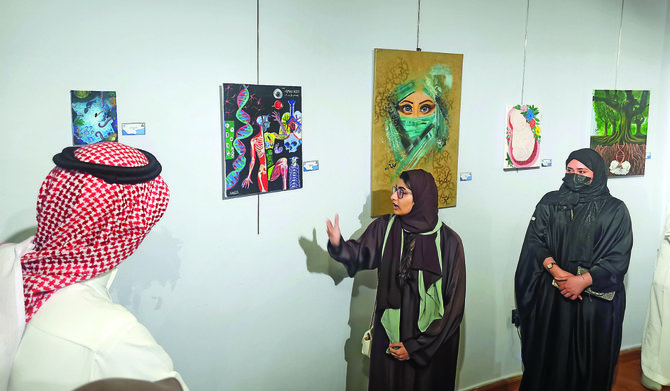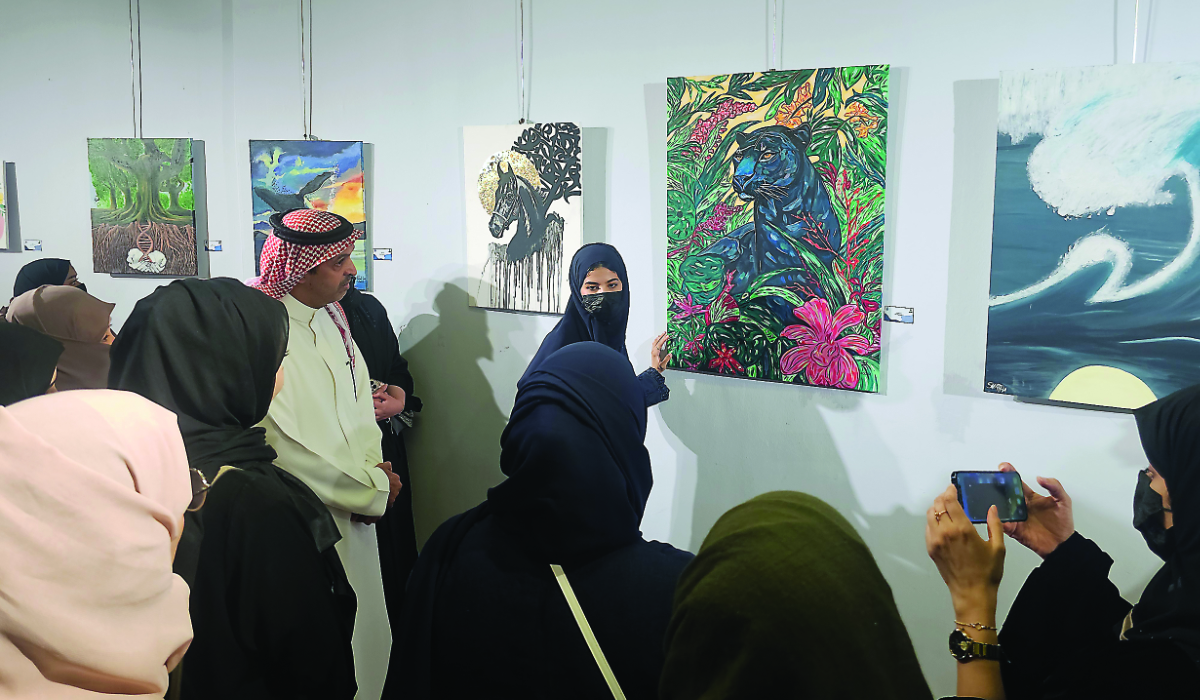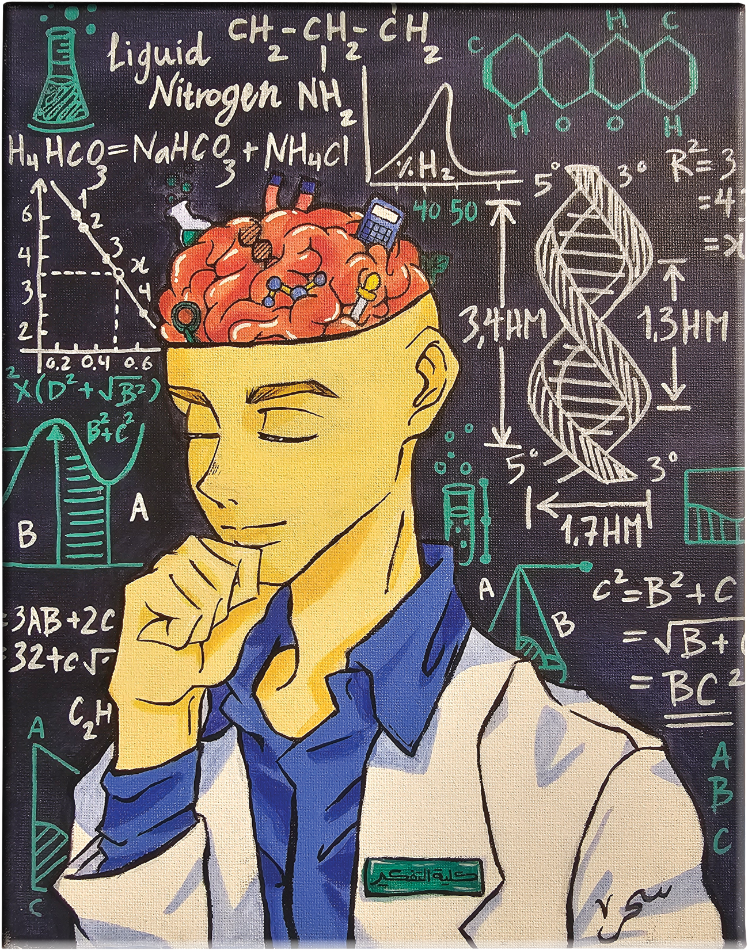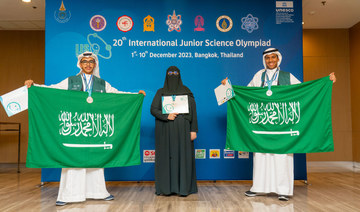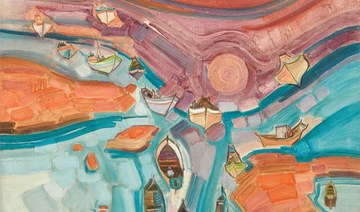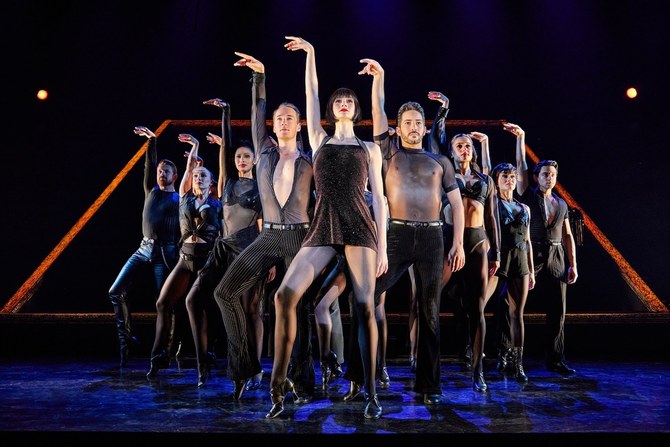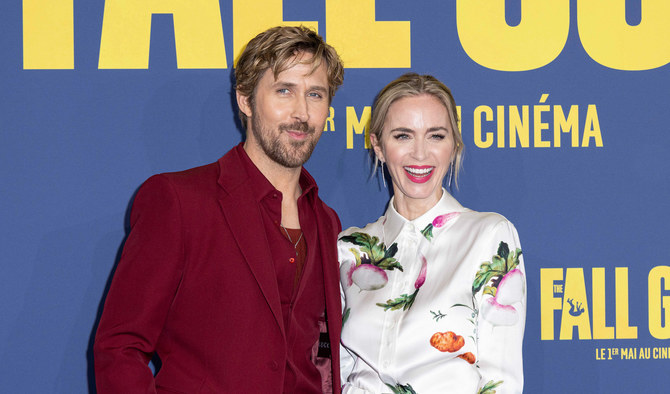VLORA, Albania: Albania’s long underexplored coastal waters have become a hotspot for treasure hunters scooping up ancient pottery, sunken ship parts and other shell-encrusted relics that have lain on the seabed for centuries.
The 450-kilometer (280-mile) coastline, which is lapped by the Adriatic and Ionian seas, was off-limits under the communist regime which ruled the Balkan state until 1990, with orders to shoot anyone caught diving without authorization.
But today its waters are open, luring archaeologists but also looters eager to plumb the new territory and sell their finds on the art and metals markets.
“Much of this wealth resting at the depth of 20-30 meters (66-99 feet) is easily accessible without any special equipment and has almost completely disappeared without a trace,” said Albanian archaeologist and art historian Neritan Ceka, among those calling for urgent measures to protect the underwater heritage.
While diving at the beginning of the 1980s — under communism, archaeologists and soldiers were permitted — he was one of the first to see for himself the seabed treasures, he said.
“I saw extraordinary richness, amphoras (terra-cotta jugs), pottery, archaeological objects which are no longer there today,” he added.
Teams of European and Albanian divers “have started to loot in a barbaric way,” he lamented.
Expeditions carried out since 2006 by the US-based RPM Nautical Foundation have found some 40 shipwrecks along Albania’s coastline, including vessels dating back to the 7th century BC and naval ships from World War I and II.
Hundreds of Roman-era amphoras — used to store wine, olive oil and other goods on trade vessels — are also clustered on the sea floor, covered in marine plants.
Experts say that without a full inventory, it is impossible to know how many of the artifacts have been plucked from the seabed and sold on the international art trafficking market.
The market overall generates a global turnover of more than $4 billion (3.5 billion euros) a year, according to Auron Tare, who chairs UNESCO’s scientific and technical advisory body on underwater cultural heritage.
“But what is certain: a treasure hunt below the seas can bring in big profits,” said Moikom Zeqo, an underwater archaeologist who helped discover a 2nd-century BC Roman ship carrying hundreds of amphoras.
The vases can be sold for up to 100 euros in Albania, where they are on display in some high-end restaurants, or auctioned for much greater sums in London and other art capitals.
Other prized discoveries have been ferried home by foreign divers and placed in various private museums around the world, such as the bell of an ill-fated Austro-Hungarian ship, the SS Linz, that sunk off Albania’s northwest coast with 1,000 passengers on board after striking a mine in March 1918.
“These objects (from the SS Linz), exhibited in a private museum in Austria, must be returned to Albania,” said Tare, who also heads the Albanian Center for Marine Research.
Divers are also going underwater to strip early 20th century warships for their high-quality steel.
Steel produced before any nuclear explosions happened in the world is especially lucrative, as it lacks any trace of radioactivity and can be used for sensitive medical devices and other scientific equipment.
“To skin the hull and remove it from the seabed, the looters use dynamite,” said Ilir Capuni, a researcher and professor at the University of New York Tirana.
He has seen the plunder firsthand.
Back in 2013, Capuni helped discover a Hungarian-Croat steamer, the Pozsony, that sunk off the coast of Durres in 1916 after striking a mine.
But four years later, “we found that there was almost nothing left of it,” said Capuni.
A similar fate has befallen the Italian medical ship Po, which was struck by a British torpedo in 1941 off the coast of southeastern Vlore. Benito Mussolini’s daughter Edda Ciano, who was aboard the ship as a nurse, survived.
Its algae-covered hull was miraculously intact when it was first discovered but has since been dismantled in places and emptied of valuable objects, such as the bell, compass, telegraph, lights and dishes.
Bought firsthand for 5,000 euros, some parts have been resold since to collectors for 20 times that amount, Capuni said.
In June, authorities passed a law classifying the shipwrecks as cultural monuments and requiring strict licensing for diving teams.
Police are also working with Interpol to trace and return stolen objects, said criminal police director Eduart Merkaj, although so far there have been no concrete results.
One dream shared by Albanian and foreign experts is to create an underwater museum, such as the one that exists in the Turkish city of Bodrum, that would protect the artifacts and draw tourists.
“The time has come to build an underwater museum, laboratories and a specialized center,” says Luan Perzhita, director of Albania’s Archaeological Institute.
But the high costs of such a project remain a barrier, with only 30,000 euros allotted in the state budget this year for archaeology.
“Albania has never had the luxury or awareness to understand the great importance that this wealth represents for the country’s history and for Mediterranean civilization,” said Tare.
Even though, he added, the waters still contain “more treasures that have not yet been discovered.”






